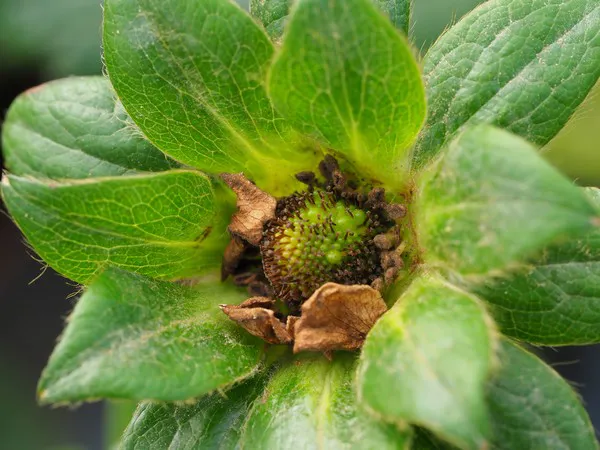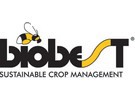Thrips have the potential to cause major yield and quality issues in protected strawberry crops. For many years growers already rely on the predatory mite Amblyseius cucumeris. Biobest Crop Specialist Eline Braet recommends introducing ABS-System and Amblyseius-System to keep the pest under control.
A key pest of strawberry crops, thrips damage the flowers, leading to misshapen and bronze-colored fruits. This pest is often found hiding in leaf remains and weeds, so it is important to start with - and maintain - a clean cropping environment.

Sticky traps
For continuous thrips monitoring, growers are advised to hang sticky traps - Bug-Scan® Yellow or Bug-Scan® Blue – in the crop after planting.
ABS-System for long-term action
To kick start the control strategy, Eline recommends introducing ABS-System (Amblyseius-Breeding-System) as soon as plants arrive.
"These breeding sachets contain predatory mites together with feed," she says. "Reproducing in the sachets, the predatory mites are continuously released over a six-week period. Any thrips that have come along from the tray field or the propagator are quickly cleaned up."
Eline recommends hanging one ABS-System sachet per 1-2 meters, depending on the pest pressure. "Amblyseius cucumeris continues to perform at lower temperatures," she says. "However, this predator only feeds on thrips larvae, i.e., the first stage, so to optimize control, it is important to hang the sachets in the crop early."
Sprinkle Amblyseius-System
Following on from the ABS-System, thrips control is extended using Amblyseius-System. With a loose format, it is designed to be broadcast directly onto plants.
"Initially, we recommend the weekly introduction of Amblyseius-System, but the frequency can be adjusted depending on the pest pressure," explains Eline. "Spreading can be simply done by hand or aided by a blower or using Entomatic™ - our new adaptable automated dispenser. It helps to optimize control by delivering fast, even distribution of beneficials, and it saves time and labor releasing mites in several rows simultaneously."
"To optimize control, we recommend sprinkling extra predatory mites on hotspots in the greenhouse or tunnel - where there are lots of thrips."
Orius-System
Later in the season, when temperatures rise, Eline recommends scaling up the strategy with the introduction of the Orius-System. "This predatory bug also tackles adult thrips," she explains. "The predator mix is then complete."

